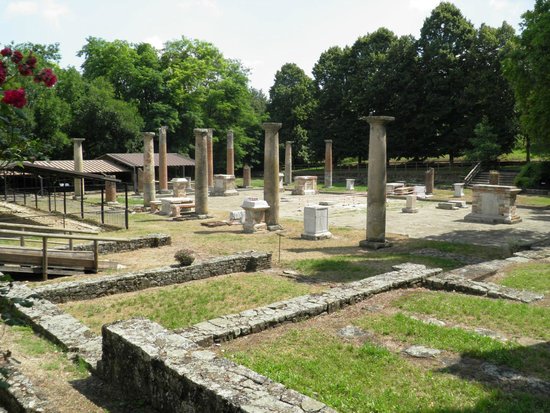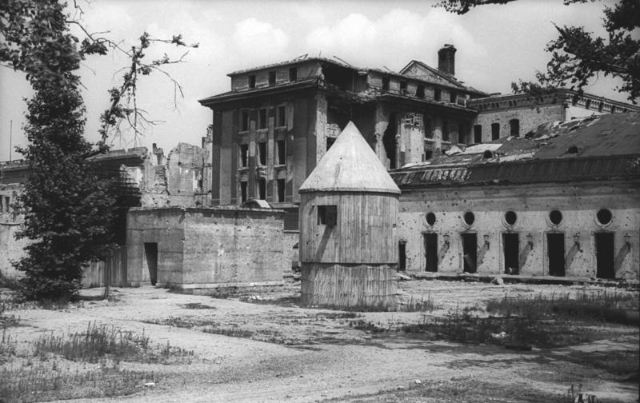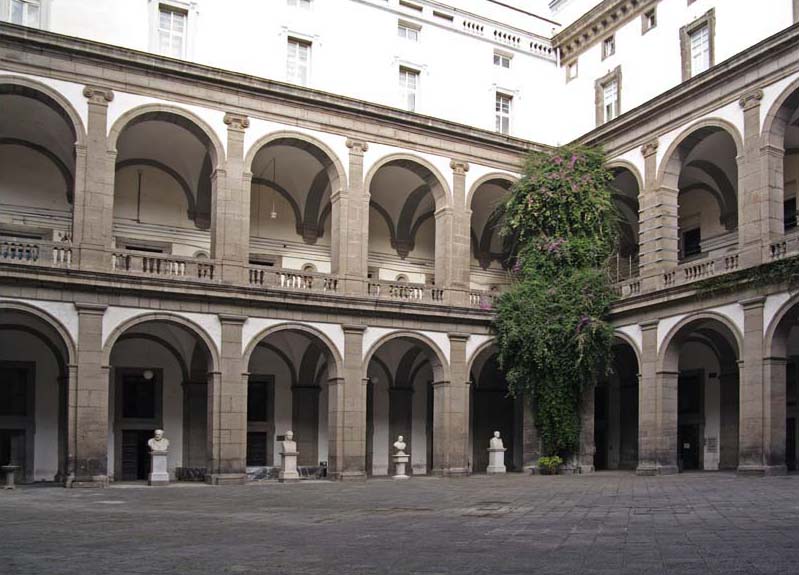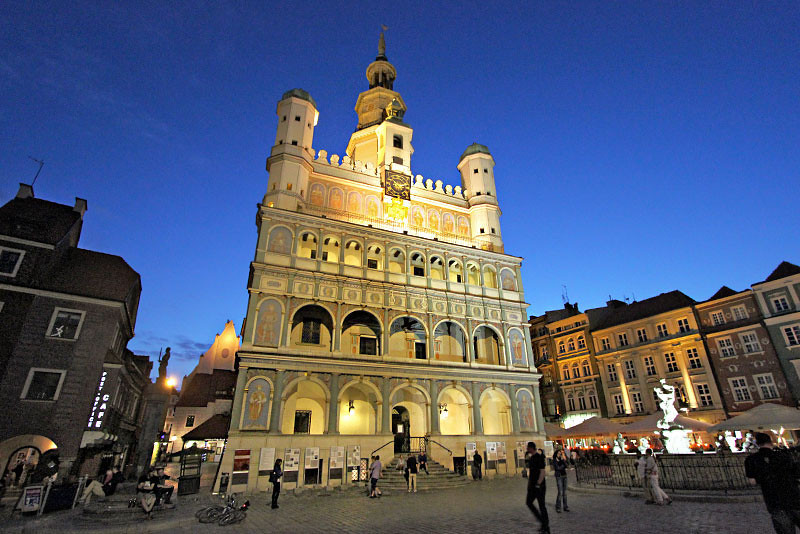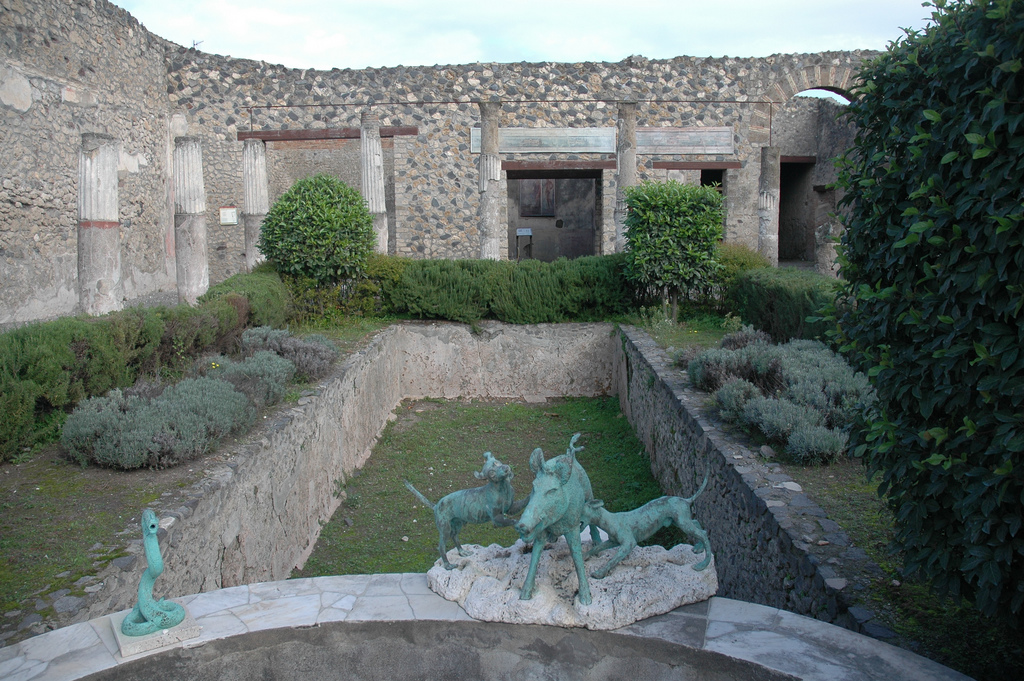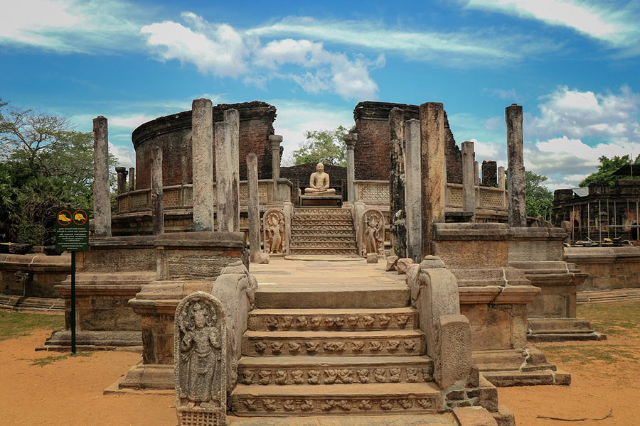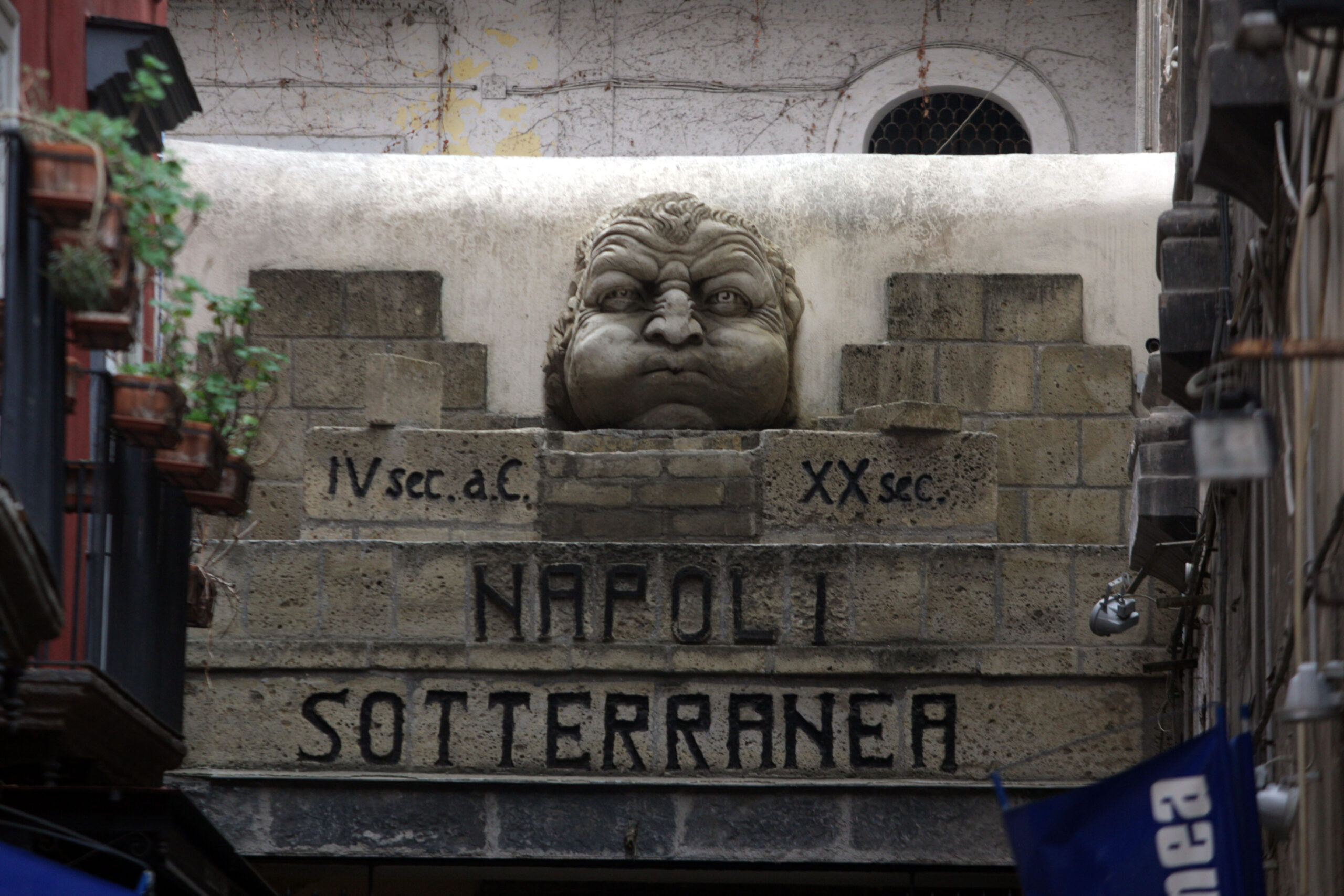The municipium of Veleia was founded after the Roman conquest in the 2nd century B.C. in the heart of the territory of the Ligurian tribe of Veleates, on the site of the pre-existing indigenous centre. The town developed on a system of sloping terraces. The forum was built on an artificial shelf obtained with a massive excavation. Paved at the time of Augustus by Lucio Licinio Prisco, an important local magistrate, it is surrounded on three sides by a portico on which shops and public areas were opened. An imposing entrance allowed access from the lower terrace. On the opposite side the complex was closed by the basilica, where the twelve large marble statues of Luni, representing the members of the Julio-Claudian family, today at the National Archaeological Museum of Parma, stood. Cultural heritage of the region since 1760, when the Duke of Parma, Don Filippo di Borbone, began to explore it following the discovery (in 1747) of the bronze inscription of the Trajan’s Tabula Alimentaria, Veleia is today one of the most important archaeological centres in northern Italy. The Antiquarium, recently rearranged, houses finds that illustrate the most significant moments in the history of Veleia.
